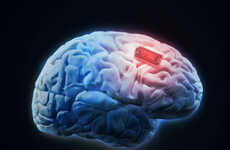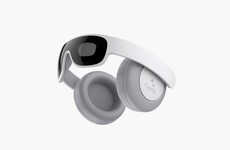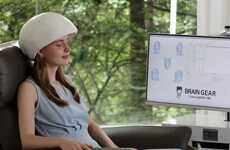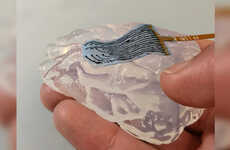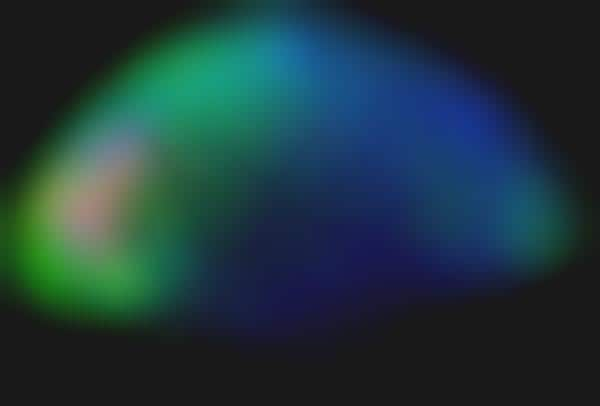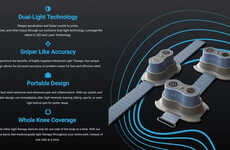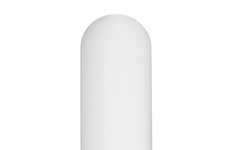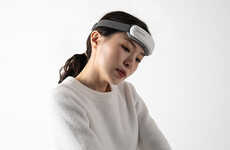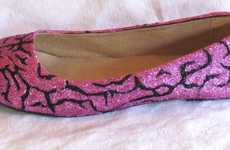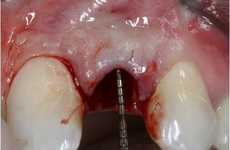
DARPA Brain Implants Could Use Light to Treat Tramautic Brain Injuries
Katie Cordrey — May 9, 2010 — Lifestyle
DARPA brain implants may help soldiers returning from war with traumatic brain injuries. The brain implants would use light, not electricity, to coax brain cells in and out of action. The technology may apply aspects of the emerging science of optogenetic neuromodulation, which requires genetic engineering of brain cells to respond to light.
The DARPA brain implants would be electrodes or optical fibers on the modified brain's surface to monitor the brain's electrical activity and then beam light pulses to stimulate the brain as needed to help it function normally, even though it's damaged.
The DARPA brain implants would be electrodes or optical fibers on the modified brain's surface to monitor the brain's electrical activity and then beam light pulses to stimulate the brain as needed to help it function normally, even though it's damaged.
Trend Themes
1. Optogenetic Neuromodulation - Disruptive innovation opportunity: Develop advanced methods of genetic engineering to enable brain cells to respond to light, opening up new possibilities for the treatment of brain injuries.
2. Light-based Brain Stimulation - Disruptive innovation opportunity: Explore the use of light pulses to stimulate the damaged brain, potentially revolutionizing the field of brain injury treatment.
3. Non-electric Brain Implants - Disruptive innovation opportunity: Replace traditional electric brain implants with innovative light-based alternatives, offering a safer and more effective approach to healing traumatic brain injuries.
Industry Implications
1. Medical Devices - Disruptive innovation opportunity: Integrate optogenetic neuromodulation techniques into medical devices to enhance the treatment options available for brain injuries.
2. Genetic Engineering - Disruptive innovation opportunity: Further research and development in genetic engineering to advance the field of optogenetics for neuromodulation applications, particularly for brain healing and repair.
3. Neuroscience - Disruptive innovation opportunity: Utilize neuroscience expertise to explore the potential of light-based brain stimulation techniques in treating neurological disorders and injuries.
4
Score
Popularity
Activity
Freshness

